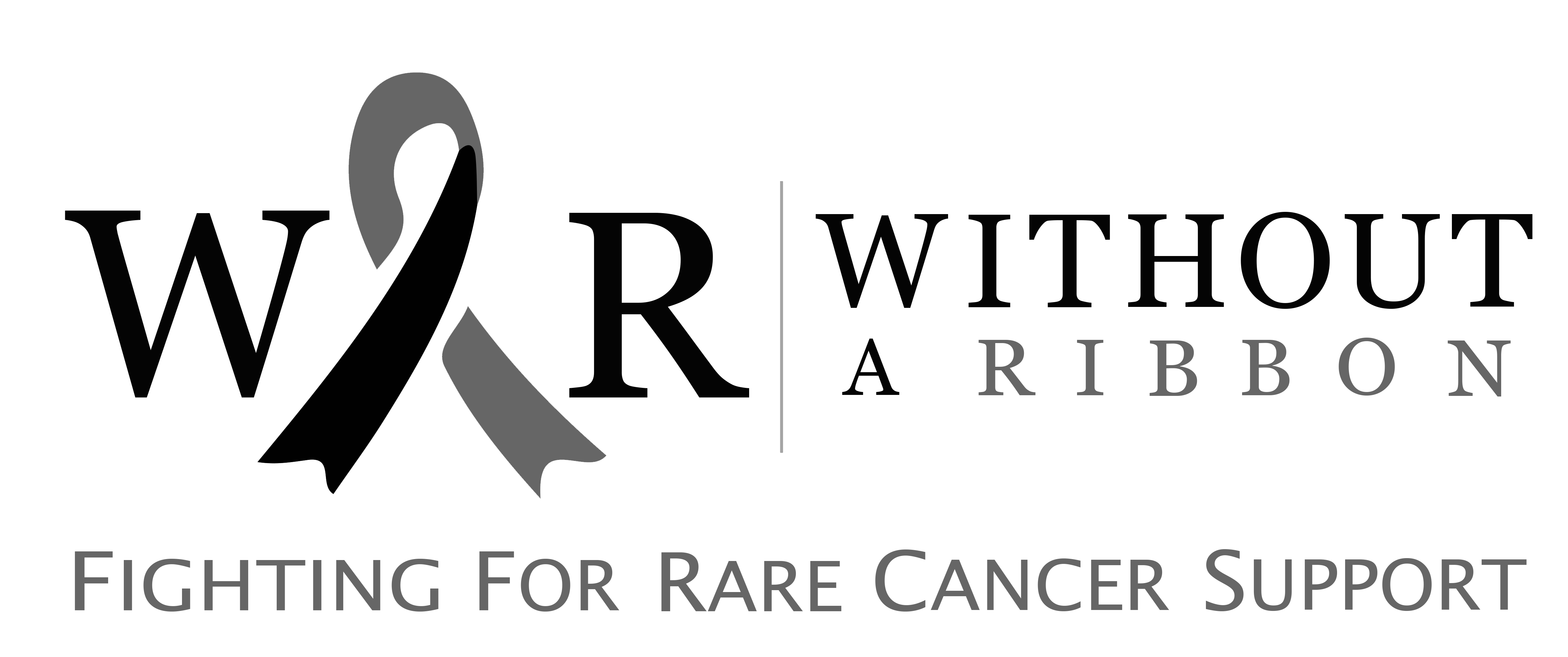What is Squamous Cell Carcinoma of the Esophagus?
Squamous cell carcinoma of the esophagus is a cancer of the esophagus that originates from the uncontrolled division of flat cells that line the inner surface of the esophagus. This tumour can develop anywhere in the esophagus but usually affects the upper and middle regions.
Disease Causes
Although the exact cause of squamous cell carcinoma of the esophagus is unknown, there is a significant relationship between smoking, alcohol consumption, organ transplantation, and the risk of development of squamous cell carcinoma of the esophagus.
Signs and Symptoms
The patient may suffer from the following signs and symptoms:
- Pain or difficulty while swallowing food.
- Unintentional weight loss
- Pain in the chest
- Cough
- Hoarseness
- Indigestion
- Acidity, heartburn, acid reflux
Diagnosis
The following diagnostic techniques and procedures can be used to make a diagnosis:
- Imaging techniques such as ultrasonography (USG), CT scan, MRI, and X-ray are used to detect the site, sise, and extent of the tumour.
- Barium Swallow: A barium swallow or barium meal is a test that involves drinking a beverage containing barium to allow doctors to see your esophagus on X-rays.
- CT Scan: A CT scan is used to check if tumours have spread to your chest and abdomen.
- Endoscopy with Biopsy: During a biopsy, a tiny sample of tissue is taken for laboratory testing. To check for cancer, a medical professional may cut or remove a portion of the suspicious tissue.
Treatment
The right treatment option for squamous cell carcinoma of the esophagus depends upon the general health of the patient and the cancer’s stage. Typical choices consist of:
- Radiation Therapy: High-energy rays are used to destroy cancer cells.
- Chemotherapy: Chemotherapy targets and kills cancer cells using medication.
- Surgery: Surgery involves cutting and removal of the cancer cells.
A combined treatment approach is used in advanced metastatic (spread of the tumour from its origin to other parts of the body) cases to treat squamous cell carcinoma of the esophagus. Neoadjuvant Therapy: This is the use of a combination of chemotherapy and radiation therapy before the surgery to shrink cancer cells. Combination Therapy: This type of cancer treatment combines chemotherapy and radiation therapy to treat cancer that has metastasised (spread of the tumour from its origin to the other parts of the body).
You can help us with your donation:
Without a Ribbon is a charity that works hard to aid those who suffer from rare cancers. You can help our cause in a variety of ways:

